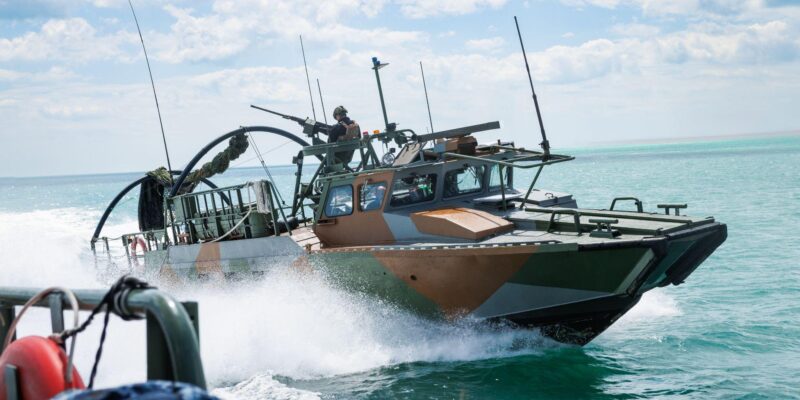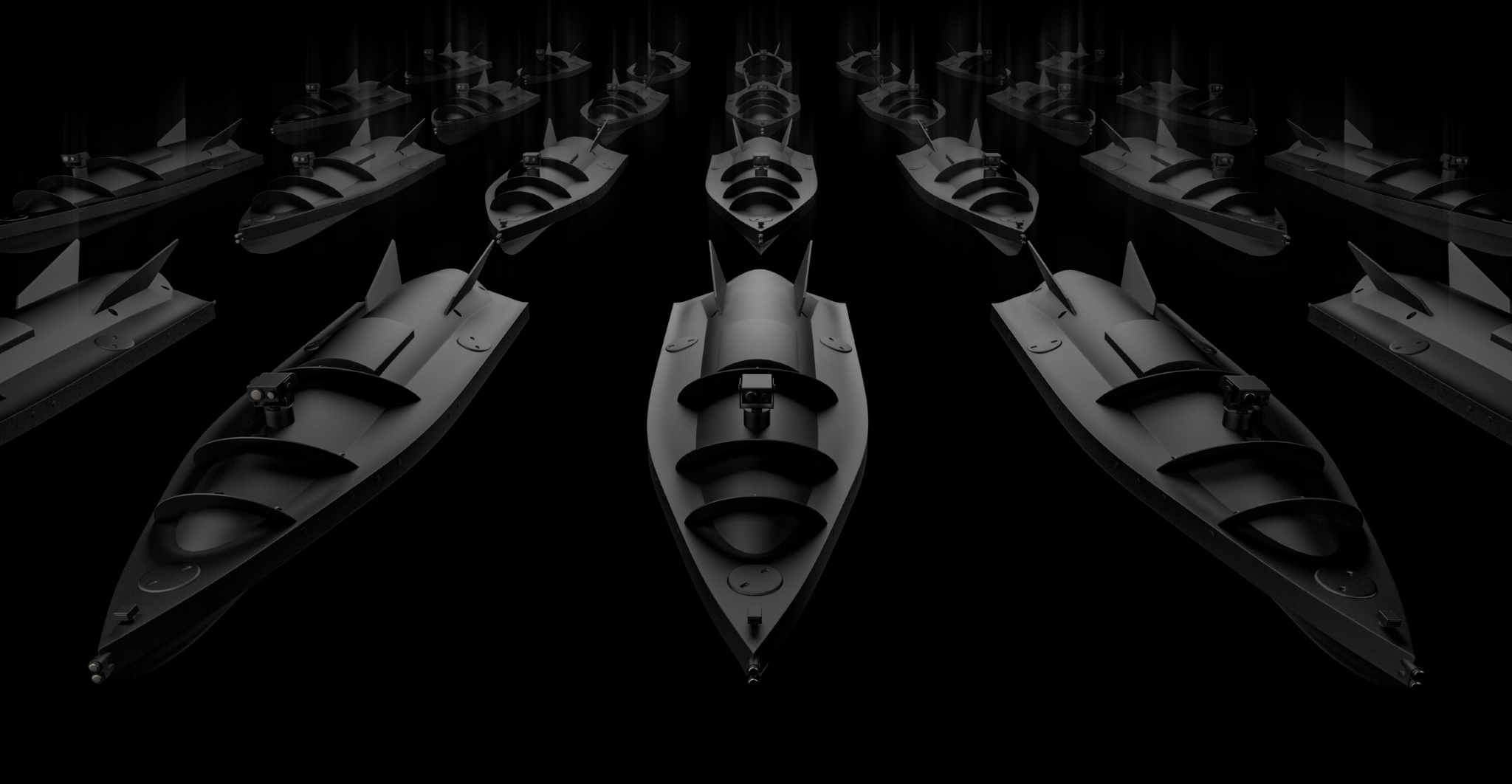At 2 am, the crew of a Swedish-donated CB90 rapid assault craft tears away from shore so fast they rip their mooring rope from the dock. Seventeen Russian Shahed drones are buzzing toward a port south of Odesa, and the Ukrainian sailors have minutes to get their Browning machine gun into position.
By morning, bullet casings cover the deck. Another night of air defense on the Black Sea is complete.
This scene repeats almost nightly, yet most observers miss it entirely. When commentators list Ukraine's Black Sea accomplishments, many add "all while not having a navy!" to emphasize the achievement. The line has become so common you'd be forgiven for thinking Ukraine truly has no naval presence at all.
But Ukraine does have a Navy—and it's been instrumental in one of the war's biggest strategic victories.
The naval victory few recognize
Despite Russia's once-dominant naval presence, the Black Sea is no longer considered a viable frontline for Moscow. While Ukraine doesn't have a large Navy by any means, the force it does have has been instrumental in allowing Ukraine to project power across these contested waters.
Major victories for which the Ukrainian Navy deserves credit include decimating Russia’s Black Sea Fleet and preventing any Russian naval invasion of the Ukrainian-held southern coast.
The stakes extend far beyond Ukraine’s coastline. When Russia’s blockade shut down Odesa’s ports in early 2022, aid organizations scrambled to adjust budgets as wheat prices spiked 50% in three weeks. The same money that used to feed a million people now fed 650,000.

Meanwhile, countries like Egypt and Bangladesh—which relied on Ukraine for up to half their wheat imports—faced bread riots as supplies vanished.
The Ukrainian Navy's destruction of 28 Russian warships, including the pride of the Black Sea Fleet, the Moskva, and one, pushed Moscow's fleet back far enough to make a solution possible. In July 2022, the UN brokered a deal establishing a safe maritime corridor through the Black Sea.
Over 33 million tonnes of grain flowed through before Russia abandoned the agreement in July 2023. Ukraine then opened its own corridor through NATO waters.
But corridors on paper mean nothing without daily protection. Navy crews clear mines drifting into shipping lanes, shoot down Russian drones targeting the ports, and keep infrastructure operational through nightly patrols. Since November 2022, the "Grain from Ukraine" program is shipping humanitarian aid to Africa and Palestine—deliveries only possible because sailors work through the night.
For Ukrainians, the everyday victory is that the Navy also works in an air defense capacity, keeping ports and cities along the coast safe from Russian attacks on civilians.
In a rare opportunity, I was granted permission to go out on the Black Sea with the crews of two Swedish-donated CB90 rapid assault craft. These teams engage in anti-aircraft operations, mine sweeping, and patrolling the coast for Russian naval drones.
Russia's air war over water

Air defense over the water is critical here. Russia has been either violating Moldovan airspace or flying drones over the Black Sea to bypass ground anti-aircraft teams. During a recent embed with the 11th National Guard stationed out of Odesa, I watched Shahed drones pass outside the range of mobile air defense units by using the Black Sea as a safe corridor.
That same night, Russians hit a residential building in Odesa. It was still burning when I arrived to see children covered in ash being rescued. Ground-based air defense units in Odesa, Kharkiv, and Kyiv tell me their work is harder than ever—they're having more off days than working days. The fatigued and sleep-deprived members of the Ukrainian Navy stand in stark contrast, operating almost every night.
The night I arrived in the region, Russia had launched a large attack on a port south of Odesa. Seventeen Shahed drones flew overhead, buzzing my accommodations as they tried to strike the port. As I listened in the early morning hours to the sounds of Shahed engines and the crack of air defense gunfire, the CB90 crew was already out on the water shooting them down.
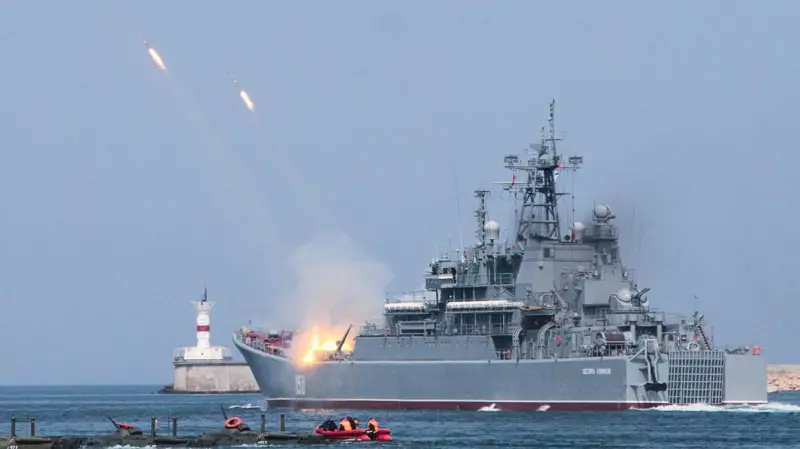
“Kill a navy for the price of a car”: Ukraine’s drones drove out Putin’s fleet from the Black Sea — then turned on his fighter jets
The torn rope and the bullet casings
Responding in such limited time, the CB90 crew pulled away from their station with one of their ropes still attached to shore. In the morning, I'm shown the torn-off anchor point on the vessel along with a few bullet casings left from the Browning machine gun I'd heard firing just five hours earlier.
Vitaly, the deputy commander of this boat, describes that after their nightly work defending the coast, the deck is always "covered with casings."
Cat and the Swiss cheese doctrine
A naval soldier with the callsign "Cat" was the one firing that gun. Having worked heavily with anti-aircraft teams myself, I know units in Kharkiv and Kyiv that have either debated or directly started using water-based anti-air options. But the sea is a different beast.
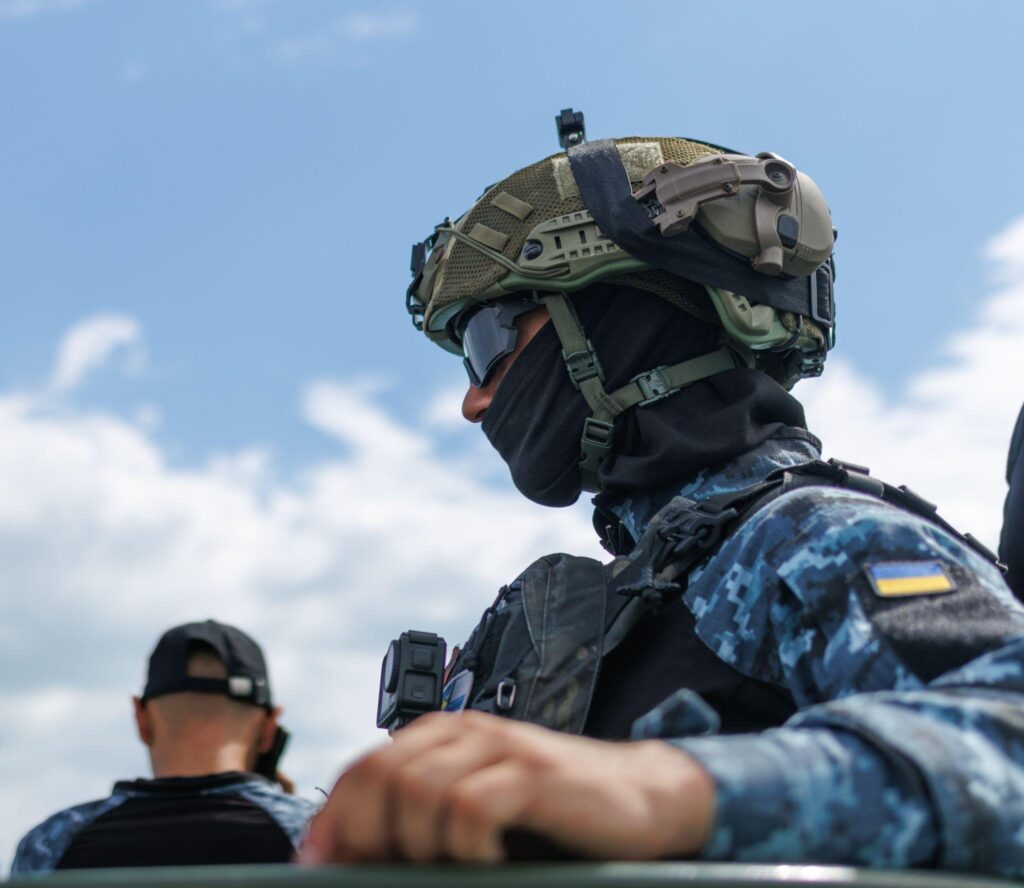
Cat tells me about the recent rise in Shahed attacks from over the water. "Shaheds now are flying in packs; there are more than there were before, almost every night for us, every night nearly."
Cat operates a Browning machine gun, the friend of air-defense teams all across Ukraine. Despite the large .50 caliber round these guns fire, it takes more than a few hits to take down a Shahed drone. "Sometimes you can hit them multiple times and they are not downed—you need to make them into Swiss cheese," Cat says.
Russian tactics are evolving to overwhelm air defense. Every soldier involved with air defense that I've spoken with recently says the same thing: they need more anti-air systems. With packs of drones attacking at once, each requiring multiple hits, and Russia producing more and more Shaheds, air defense crews must often make a horrible choice and triage which drones to shoot down.
Fighting on shifting seas
Teams on the water face a unique challenge. Their land-based counterparts don't need to worry about the sway that water introduces. Due to the very nature of the sea, trying to hold steady on a target as waves bounce your boat adds a new challenge for gunners like Cat.
But the water is also naval air defense's greatest strength. Mobility over the water allows the fast and maneuverable CB90 to chase down a drone nearly unrestricted. While ground units can't often evacuate an area with their equipment when targeted, boat crews can.

When the hunters become hunted
The boat's captain, callsign "Pirate," tells me this very boat was targeted by a Shahed drone not long ago. While performing a patrol, they noticed a Shahed start to divebomb their position. It survived several direct hits from their machine gun. Pirate had to quickly maneuver the boat to safety, getting only 13 meters away before the drone exploded. Russian reconnaissance had spotted them and moved to attack despite the water providing some level of heat concealment.
While Ukrainian boats can maneuver freely on water, it's not limitless. Sea mines still pose a big threat off the coast. The mines were laid during the early days of the full-scale invasion when fears of Russian ships attempting a naval invasion of Odesa seemed not just possible but likely.
Commander Pirate says that "people were preparing, military and civilian." But when asked about the idea of a Russian naval invasion today, he just laughs. "Not possible."
Clearing the mines from Ukraine's waters
Walking around the beaches of Odesa, I see them filled with people sunbathing, swimming, and playing volleyball. But I also see signs warning about washed-up sea mines—a threat that the crew of this boat also tackles. When not fighting off Russian air attacks, they patrol to keep the Ukrainian grain corridor open and operational. This means finding sea mines that have come unchained and float to the surface.
Upon identification, the team radios back to command before pulling back 200 meters, unlocking their turret, swinging around, and firing upon the mine until it explodes. White water foamed from the explosive now raining down from a safe distance.
We watch as the second boat accompanying us scans the area for loose mines, trying to identify any potential threat. These mines could float to the beaches where people take comfort, slam into Ukrainian Navy vessels whose crews believe their waters are cleared, or drift into the shipping lanes.

Russia's naval drone threat
Another threat these boats seek to counteract are Russian naval drones—kamikaze-style drones packed with four times the explosive power of a Shahed-136. While not wanting to go into too many details, Deputy Commander Vitaly says that during a patrol, if one of these drones is spotted, the boat will engage and attempt to destroy it before it can reach its intended target.
Drone technology has influenced and changed every conceivable aspect of this war. This change has been visible through Ukraine's "Sea Baby" naval drone program. The Russians, who have faced it directly, have worked to copy Ukraine's success. In December 2023, Russia unveiled the KMZ-manufactured Oduvanchik naval strike drone—a near-identical version of Ukraine's Sea Baby.
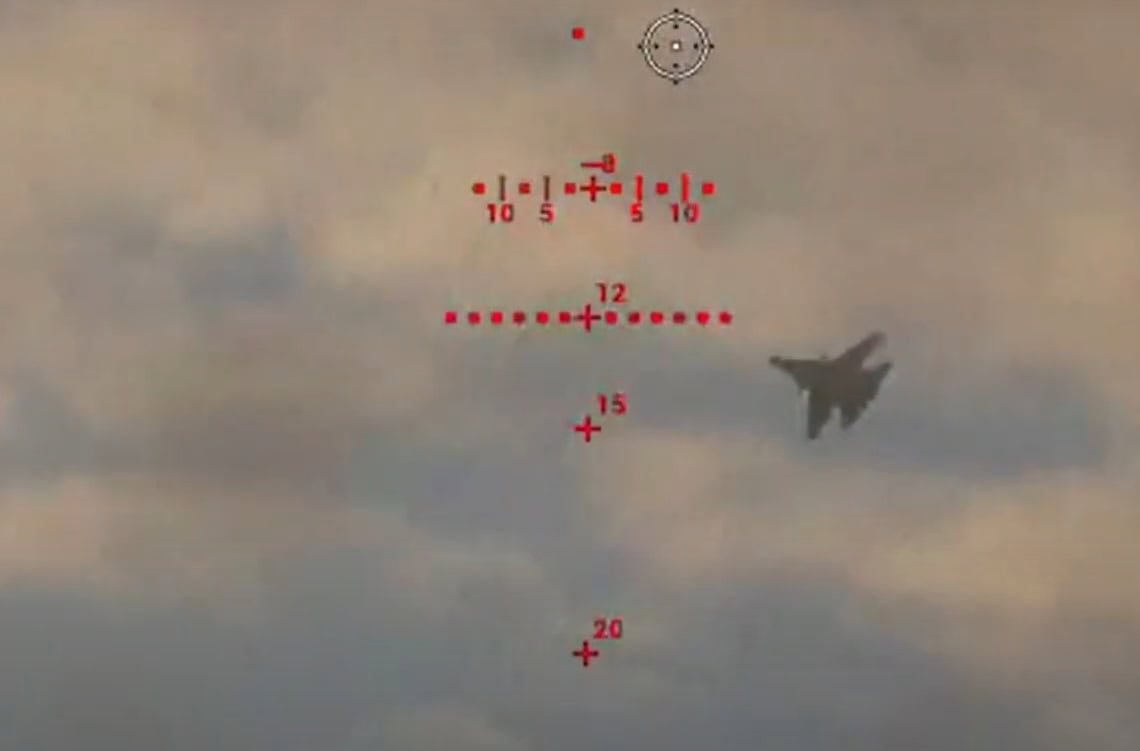
Ukraine’s “Sea Baby” marine drones, armed with heavy-caliber machine guns, damage Russian helicopters near Crimea
Four days before my embed with the Navy, Russia showed off an updated naval drone during their "July Storm" military exercise with an explosive power that sounds very similar to the drones described to me.
My takeaway is that while Russia pursues unmanned naval tech to deal with their monumental losses on the Black Sea, naval crews like this are standing ready. I'm told this aspect is already one of the three primary missions for this crew.
The best part of the job
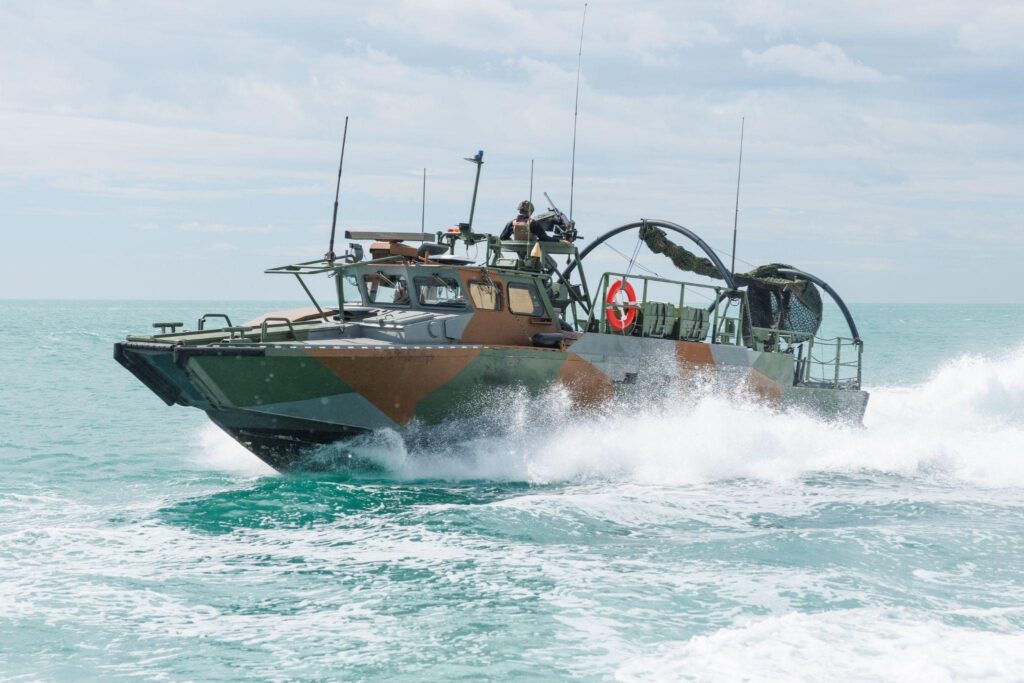
The crews of these CB90 rapid assault craft have a lot of responsibilities—from keeping the skies above Odesa safe and patrolling the grain corridor to dispatching the next generation of Russian naval drones. This exhausted crew promised only an hour out with them on the water. They ended up keeping me out there for three hours as we glided over the waves on these impressive boats.
I'm told to hold on tight as the crews have fun taking us through some high-speed maneuvers and bouncing over the wake made by both boats passing by. As seawater sprays into my hair, I look over the views of the Black Sea, and I understand why Cat says that this is the best part of his job.
Russia's shadow fleet tankers now threaten Europe with spy drones launched from international waters. If Moscow thinks these aging oil vessels can operate with impunity, they might want to ask their Black Sea Fleet how that worked out. Ukraine has fast boats, experienced drone hunters, and 28 sunken Russian warships worth of know-how. The question isn't whether Ukraine's Navy could respond to maritime drone threats—it's when.




